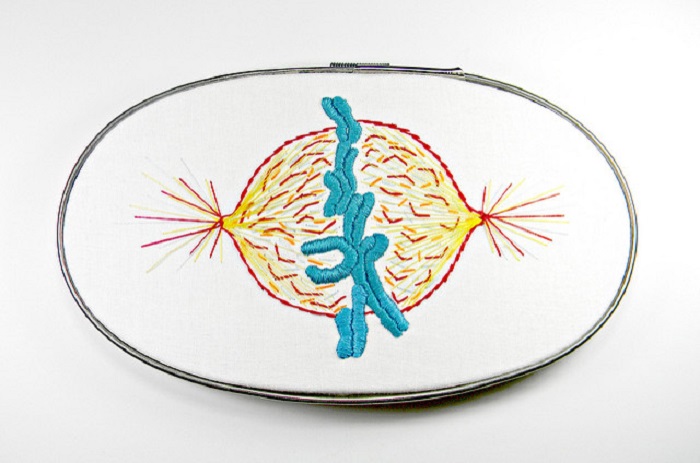Rapid genomic changes observed in Candida albicans soon after exposure to the oral cavity.
Whether or not you treat your body like a temple, it presents a hostile and rapidly-changing environment for the many microorganisms that call you home. In contrast to the microbes that hang out inside humans, those that are cultured in the lab can expect predictable conditions designed to help them thrive. But could the real-world stresses of the host environment contribute to a pathogen’s ability to adapt? A new report in GENETICS sheds some light on this question, showing the surprisingly immediate genomic effects of exposing fungal populations to the inside of a mouth.
Forche et al. studied the effects of infection on population variability in the fungus Candida albicans, which is normally a harmless commensal bystander but, under the right conditions, can cause opportunistic infections. One of the places this can happen is in the mouth, which is one of the few locations where C. albicans can grow as either a commensal or a pathogen. The authors took C. albicans that had been cultured in vitro and briefly infected the oral cavity of mice, then collected the fungi at intervals over a few days and analyzed them for genotypic and phenotypic changes.
The authors found that as few as 24 hours in the mouths of mice was enough to increase the diversity of colony appearance. Genotypic differences, including aneuploidy and loss of heterozygosity, became more common, too. Although the authors note that the transition from in vitro to in vivo systems—and back again—may be a contributing factor, this observation nonetheless demonstrates the astonishingly rapid diversification of C. albicans during infection. Among the genotypic differences identified, changes in chromosome number were relatively common; in particular, trisomy 6 was identified in C. albicans isolates from multiple mice. The authors suggest that this variation might confer advantages during infection, which could be a promising direction for future study.
They also analyzed the number of genetic events (e.g. aneuploidy, recombination) in different isolates, and strikingly, they found that isolates with more than five such events were more common than would be expected by chance. This was not true of C. albicans cultured in vitro, suggesting that a subpopulation of highly variable C. albicans were overrepresented after exposure to the oral niche. Whether the dramatic genetic rearrangements in these rare individuals are beneficial in the long-run—and how the host responds to such variation—remain questions to be explored.
CITATION:
Rapid phenotypic and genotypic diversification after exposure to the oral host niche in Candida albicans
, , , , , , , , ,
http://www.genetics.org/content/209/3/725
[wysija_form id=”1″]































